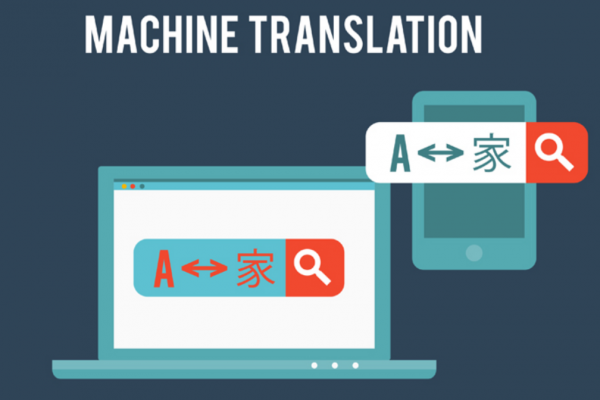Using OpenPose with Stable Diffusion
We have just learned about ControlNet. Now, let’s explore the most effective way to control your character based on human pose. OpenPose is a great tool that can detect body keypoint locations in images and video. By integrating OpenPose with Stable Diffusion, we can guide the AI in generating images that match specific poses. In this post, you will learn about ControlNet’s OpenPose and how to use it to generate similar pose characters. Specifically, we will cover: What is Openpose, […]
Read more



